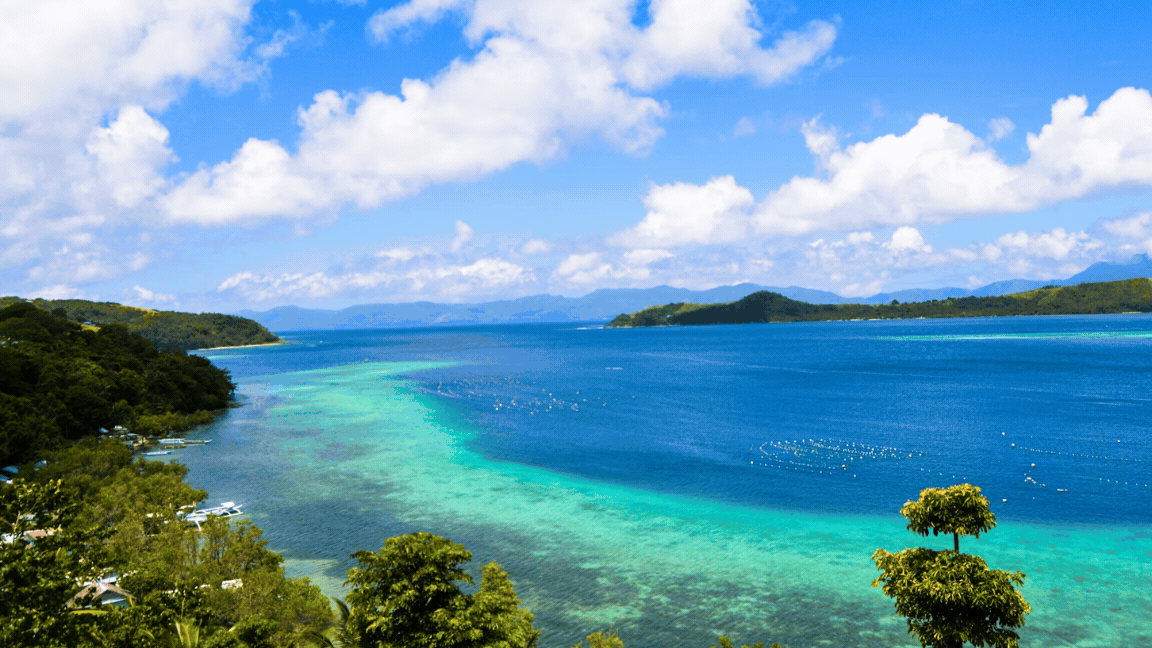Community Groups in Romblon

In the serene and scenic province of Romblon, community groups play a vital role in fostering connections and driving positive change. These local organizations bring together residents with a shared passion for improving their neighborhoods, preserving traditions, and addressing common challenges. From environmental initiatives to cultural preservation efforts, Romblon’s community groups are at the heart of the province’s social fabric. Join us as we explore the inspiring work of these groups and discover how they are shaping the future of this beautiful island province.
Community Groups in Romblon
1. Alcantara Mangyans
The Alcantara Mangyans are an indigenous group residing in the municipality of Alcantara on Tablas Island in Romblon province, Philippines. They belong to the larger Mangyan ethnic group, specifically the Hanunuo Mangyan subgroup. Here are some key points about the Alcantara Mangyans:
Language: The Alcantara Mangyans have their own distinct language, which is part of the Mangyan languages. They primarily speak the Hanunuo Mangyan language, although many also speak Filipino and Romblomanon due to cultural interaction and education.
Livelihood: Traditionally, the Alcantara Mangyans relied on subsistence agriculture, fishing, and hunting for their livelihoods. They are known for their sustainable farming practices and cultivation of root crops, grains, and fruits. However, modernization and external influences have led to changes in their traditional way of life.
Culture and Traditions: The Alcantara Mangyans have a rich cultural heritage that includes traditional music, dance, and crafts. They are skilled in traditional weaving, particularly the production of intricate patterns on clothing and accessories using natural materials. Additionally, they have spiritual beliefs and rituals that are integral to their way of life, often centered around nature and ancestral spirits.
The Alcantara Mangyans play an important role in preserving the cultural identity and heritage of Romblon province, contributing to the cultural diversity and richness of the region.
2. Romblomanons
The Romblomanons are the native inhabitants of Romblon province in the Philippines, primarily residing on Romblon Island and other parts of the province. Here are some key points about the Romblomanons:
Language: The Romblomanons speak the Romblomanon language, which is part of the Visayan language family. While Romblomanon is the primary language spoken in Romblon, many Romblomanons also speak Filipino and English.
Livelihood: Traditionally, the Romblomanons were engaged in agriculture, fishing, and maritime trade due to the province’s coastal location. Today, many Romblomanons still rely on agriculture, particularly rice and coconut farming, as well as fishing and tourism-related activities for their livelihoods.
Culture and Traditions: Romblomanon culture is rich with traditions, customs, and celebrations that reflect the province’s history and heritage. Traditional music and dances, such as the Biniray Festival honoring the Santo Niño, are integral parts of Romblomanon culture. The province also has a strong Catholic influence, with religious festivals and processions being prominent events in Romblomanon communities.
The Romblomanons play a vital role in preserving the cultural identity and heritage of Romblon province, contributing to its vibrant and diverse cultural landscape.
3. Bantoanons
The Bantoanons are the native inhabitants of Romblon province, specifically residing in the municipality of Romblon and surrounding areas. Here are some key points about the Bantoanons:
Language: The Bantoanons primarily speak the Bantoanon language, which is a Visayan language closely related to Romblomanon. While Bantoanon is the main language spoken in the region, many Bantoanons also speak Filipino and English.
Livelihood: Traditionally, the Bantoanons were engaged in agriculture, fishing, and maritime trade due to the province’s coastal location. Today, agriculture, particularly rice and coconut farming, remains an important livelihood for many Bantoanons. Fishing and tourism-related activities also contribute to the local economy.
Culture and Traditions: Bantoanon culture is rich with traditions, customs, and festivals that reflect the province’s history and heritage. Traditional music, dances, and crafts are integral parts of Bantoanon culture, often showcased during local festivals and celebrations. The Feast of the Immaculate Conception is a significant religious event for Bantoanons, marked by processions, Masses, and cultural presentations.
The Bantoanons play a crucial role in preserving the cultural identity and heritage of Romblon province, contributing to its diverse and dynamic cultural landscape.
Wrapping It Up
LCF BB-Hotel and Restaurant is a charming hospitality establishment located in the heart of Romblon. Known for its welcoming ambiance and exceptional service, LCF BB offers guests a comfortable and memorable stay. The hotel features well-appointed rooms with modern amenities, ensuring a relaxing experience for travelers. The on-site restaurant serves a delightful array of local and international cuisine, prepared with the freshest ingredients to satisfy diverse palates. Whether you’re visiting Romblon for business or leisure, LCF BB-Hotel and Restaurant provides a perfect blend of comfort, convenience, and culinary delights, making it an ideal choice for your stay on the island.




